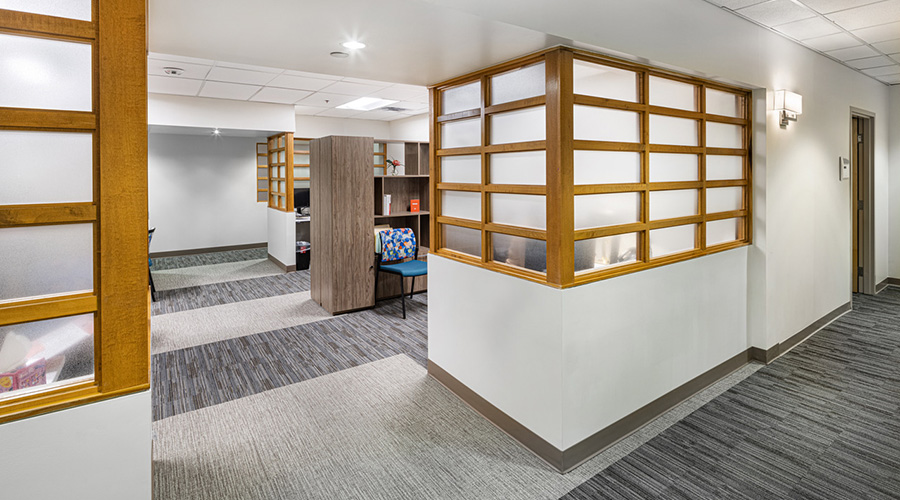Hospitals expect to handle medical emergencies. But what happens when unexpected, non-medical emergencies arise, like active shooter incidents or bomb threats? As hospital administrators know, chaos can easily ensue if there isn’t a solid plan in place. Emergency preparedness planning is essential, and command centers are an important part of this planning.
A hospital command center should be set up for internal or external emergencies that would impact the facility’s ability to provide patient care. The proper equipment and effectively trained personnel are key to communicating effectively with internal and external responders. Internet connectivity and equipment such as radios and cellular phones are important to continued operations and help ensure continuity of patient care during the event.
A tactical command center, typically set up by fire/police, lets first responders gather all the information they need to coordinate response and address a situation. Command centers should be mobile, not stationary, to avoid threats that target first responders.
Hospitals should have boxes with multiple copies of facility floor plans, access cards, codes, keys, etc. It is a good idea to have duplicate boxes in separate geographical locations, such as one in the security office, one in a medical office building with 24/7 access, and one off-site entirely.
The key to both types of command centers functioning simultaneously is to have all response agencies, such as police department(s), sheriff’s office, hospital police, fire departments, your security team, etc., at the table during the planning phase, to establish effective coordination. Regular drills will help ensure these teams are familiar with your location. The first time a first responder is in your facility should not be during a crisis.
Your security team can play a key role in coordinating command centers, because they are already familiar with the key players, and they are the eyes and ears of your facility and know it well. With someone always on post, they will be there to respond when an incident occurs, while someone in administration might be off site.
Bukowski is the vice president of healthcare, AlliedBarton Security Services.

 Code Compliance Isn't Enough for Healthcare Resilience
Code Compliance Isn't Enough for Healthcare Resilience Ribbon Cutting Marks First Phase Completion for New Montefiore Einstein Facility
Ribbon Cutting Marks First Phase Completion for New Montefiore Einstein Facility Brooks Rehabilitation Launches 3 New Major Construction Projects
Brooks Rehabilitation Launches 3 New Major Construction Projects Joint Commission Standards: What Updates Matter Most?
Joint Commission Standards: What Updates Matter Most? Swinerton Completes Construction at Atlanta's Grady Hospital
Swinerton Completes Construction at Atlanta's Grady Hospital